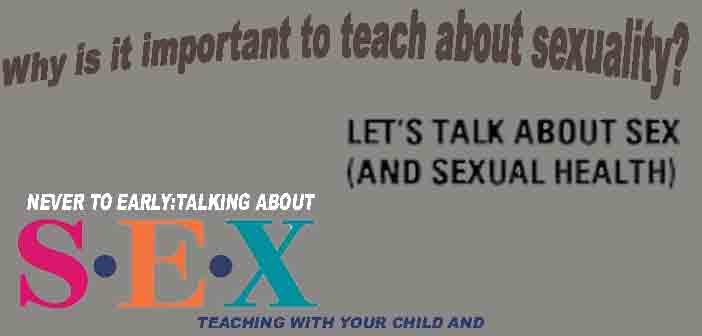Teaching about sexuality encourages students to develop a coherent set of personal values based upon respecting themselves and others. Students who understand and value themselves and others are better equipped to develop meaningful and respectful relationships. They are able to take a positive approach to managing their lives and develop the necessary skills to prepare them for current and future life challenges.
Sexuality education lays the foundations for students by learning the correct names for parts of the body, understanding principles of human reproduction, exploring family and interpersonal relationships, learning about safety, and developing confidence. These can then be built upon gradually, in line with the age and development of a student.
Sexuality education encompasses a range of relationships, not only sexual relationships. Children are aware of and recognise these relationships long before they act on their sexuality and therefore need the skills to understand their bodies, relationships and feelings from an early age.
Sexuality education provides opportunities for students to develop media literacy skills which are essential to help children and young people understand, interpret, and evaluate media messages and imagery related to sexuality, relationships and gender.
The teaching of human sexuality within K–6 PDHPE aims to:
- prepare students for changes which they will experience during puberty and help them to accept change as a normal part of growing up
- dispel myths which students often hear
- provide an opportunity for students to learn about their changing bodies in a positive environment free from discrimination or prejudice, including homophobia
- provide students with consistent knowledge and information, which can help combat peer pressure
- provide a forum to discuss concerns with trusted adults
- generate opportunities for children to talk to their parents openly and honestly about issues relating to sexuality which provide a platform for communicating during adolescence
- provide opportunities for students to develop decision-making skills and to approach issues with confidence in their abilities to solve problems.

